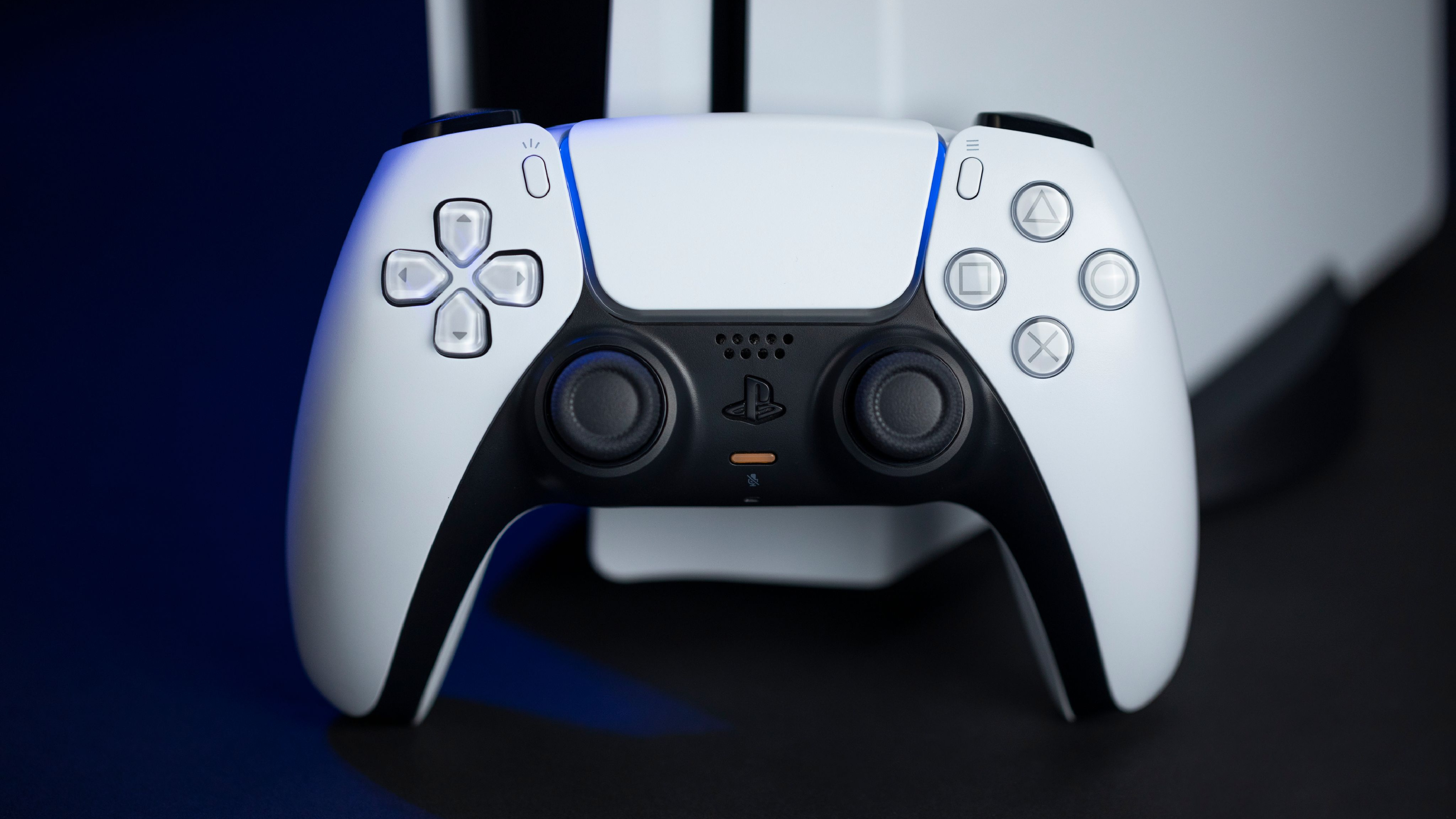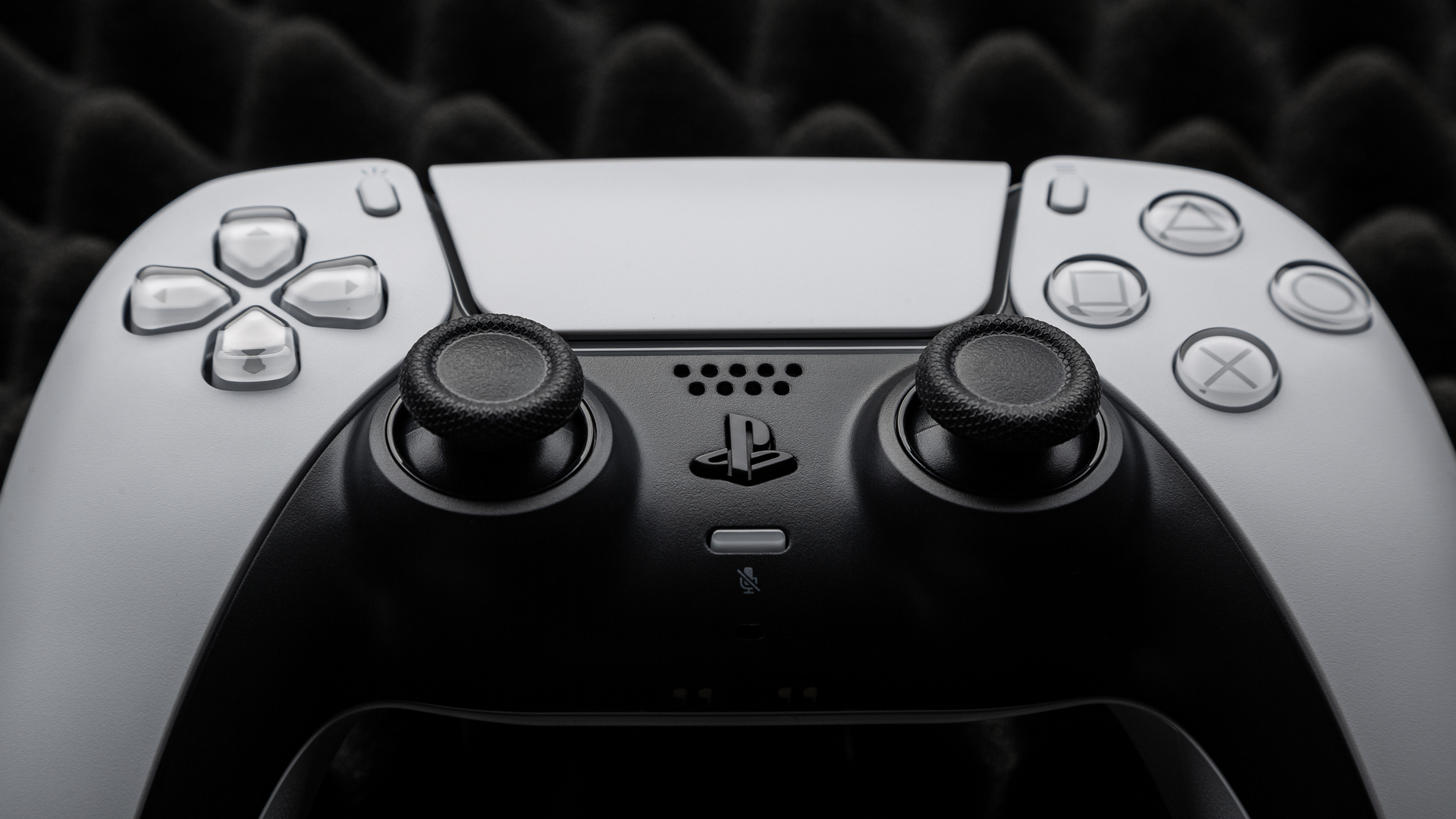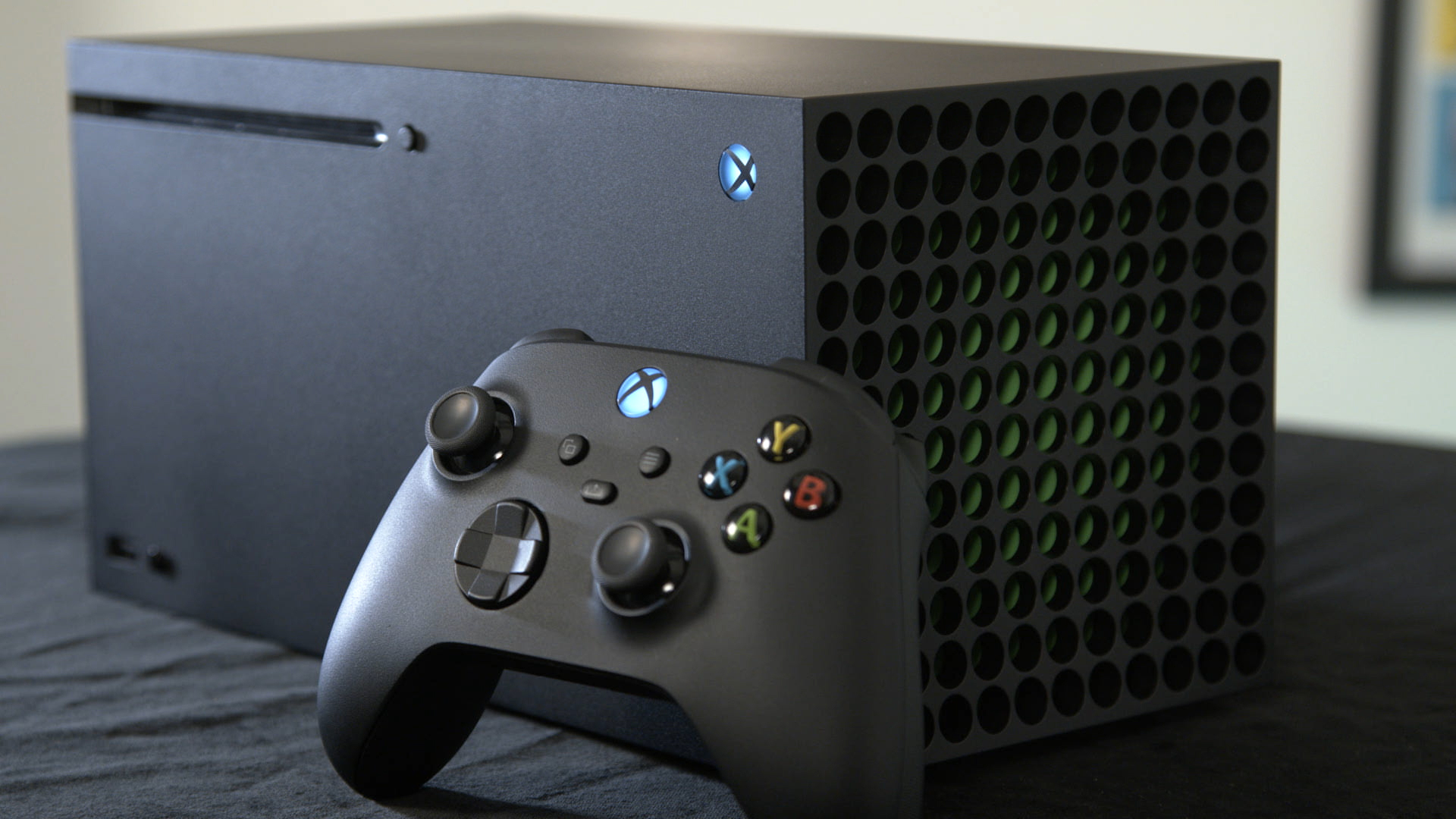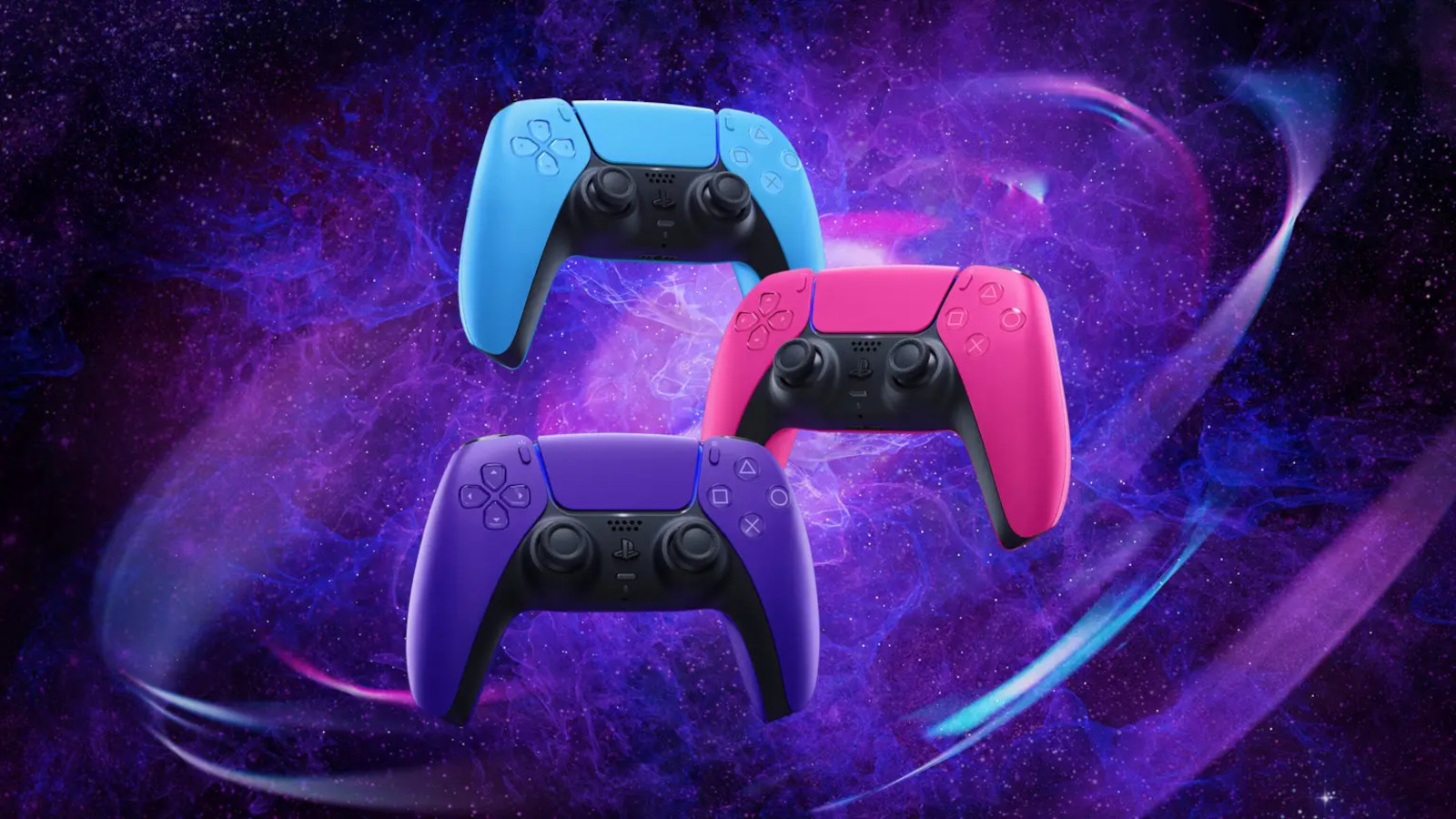
I’ve always been an advocate for rechargeable controllers. In a generation where convenience is king, with the likes of Quick Resume and cloud gaming making it easier than ever to access your games, the last thing I thought I wanted to do was fumble around with lithium batteries.
This was one of my biggest gripes with the latest Xbox Wireless Controller at launch. Despite its many improvements, the Xbox Series X’s accompanying gamepad was held back by its lack of inherent rechargeability. You can buy a rechargeable battery pack separately, but that is roughly an extra $25 / £19.99 / AU$29.95 on top of the console price – and even more if you have a couple of controllers.
By contrast, the PS5 DualSense controller seemed to offer everything I would want from a next-generation gamepad. In addition to its fancy new features, like haptic feedback and adaptive triggers, the DualSense kept one of the DualShock 4’s best features: a rechargeable built-in battery.
But, after almost two years with Sony's PlayStation 5 controller, I find myself wishing it had the Xbox gamepad’s pesky lithium batteries, after all.
Juice box

My DualSense and I have a rhythm going on. It goes something like this: I turn on my PS5, and it immediately notifies me that my controller battery is low. I continue to try to play a game or watch Netflix until it officially dies, and then I swap it out with my other fully-charged DualSense. Rinse and repeat. Every day.
It hasn’t always been like this. When I first got my hands on the PlayStation 5 at launch, I seriously put the DualSense through its paces, playing a myriad of games that utilized the gamepad’s features with little interruption from the battery. But, as our former hardware editor pointed out last year, the DualSense’s battery life seems to be deteriorating over time. Where once it could hold a charge for around 12 hours, now I’m lucky to get half that.
And it’s not like I’m straining it like I once was. Most of the time my DualSense is used to flick between streaming services, or to play PS4 games that I missed the first time around – since it’s been a bit of a quiet period for tantalizing PS5 exclusives. It’s non-intensive work and, to be honest, I feel a bit guilty. It’s like using a Ferrari GT to go on a leisurely Sunday drive. Except that the car runs out of gas every couple of miles.
Get daily insight, inspiration and deals in your inbox
Sign up for breaking news, reviews, opinion, top tech deals, and more.
By comparison, I bought a 40-pack of (non-rechargeable) AA batteries for the Xbox Series X controller at launch. I’ve still got six left. And that’s not for a lack of playtime; I’ve poured hours into uncovering hidden gems on Xbox Game Pass and playing co-op games with friends. Yet those six batteries will probably last me until next year – and that’s without changing my primary controller.
Efficient energy

Lithium batteries aren’t necessarily the most convenient solution, but they certainly beat swapping controllers every few hours. And I’m one of the lucky ones: someone who does have two DualSense gamepads. Only one comes packed with the standard PlayStation 5, and to buy another will set you back around $69 / £60 / AU$109.95. Want a charging station? That’s another $30 / £25 / AU$49. It definitely doesn’t seem worth the price tag if you’re still running out of juice regularly. Especially when the AA batteries I bought cost £14.99 (roughly $17 / AU$25).
You don’t have to purchase these extras of course, but if your controller gives up during an important boss fight then you better be prepared to finish it tethered to your machine. Maybe you should heed the low battery warning but, frankly, it’s hard to know exactly when your gamepad is going to die once that notification shows up. I’ve found that sometimes it can last a few hours, and at other times a few minutes.
There are a few tricks you can try to reduce the DualSense’s battery usage, such as turning down the controller’s brightness bar and disabling the features that are part of its draw in the first place. But what’s the point in paying out for a controller you can’t use to the fullest? You can also put your PS5 into Rest Mode, so that the controller charges when you’re not playing. The latter may seem like a less enticing option, given the current cost of living crisis. But you can adjust your settings to enable power-saving options, such as setting a time limit on how long your controllers charge for.
Changing controllers

I never thought I would see the day I yearned for lithium batteries in a modern gamepad. But the DualSense’s battery life is so frustrating that the past now looks like a better place.
I’m hoping that with the upcoming DualSense Edge controller, a premium version of the current PS5 gamepad, Sony will have addressed the battery life issues in some capacity. There’s nothing ‘pro’ about your controller konking out during a frenzied Call of Duty firefight. But, given that the DualSense didn’t right the wrongs of the DualShock 4’s battery life, I’m not getting my hopes up. It’s simply not worth the energy.
An award-winning games journalist, with seven years of experience in games journalism and a degree in journalism from City University, London, Vic brings experience from IGN, Eurogamer, The Telegraph, VG247, Dot Esports and more to the TechRadar table. You may have even heard her on the radio or speaking on a panel, as she’s previously appeared on BBC Radio 4, BBC Radio 5, BBC Radio Ulster and more. Not only is Vic passionate about games, but she's appeared on both panels and podcasts to discuss mental health awareness. Make sure to follow her on Twitter for more.